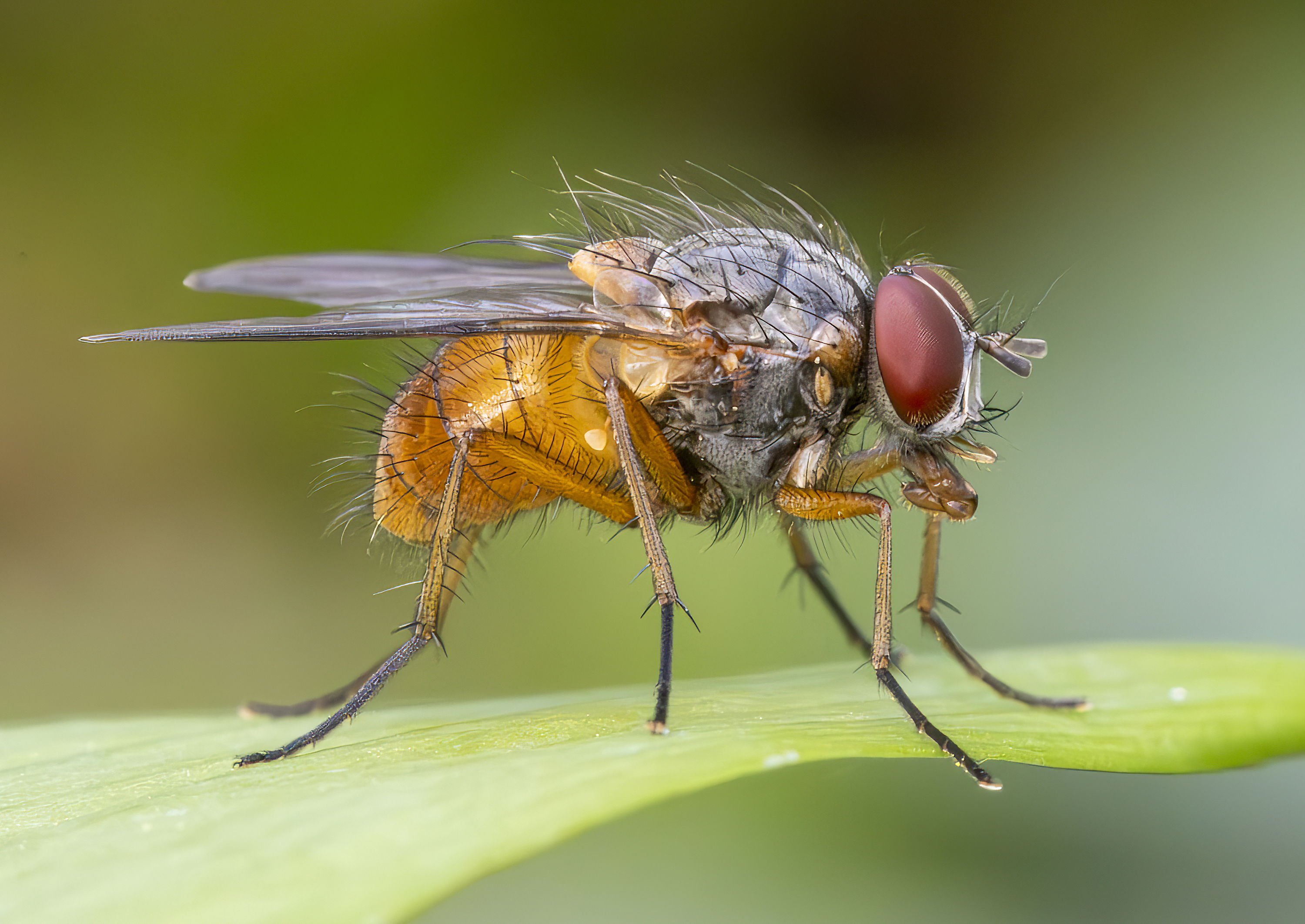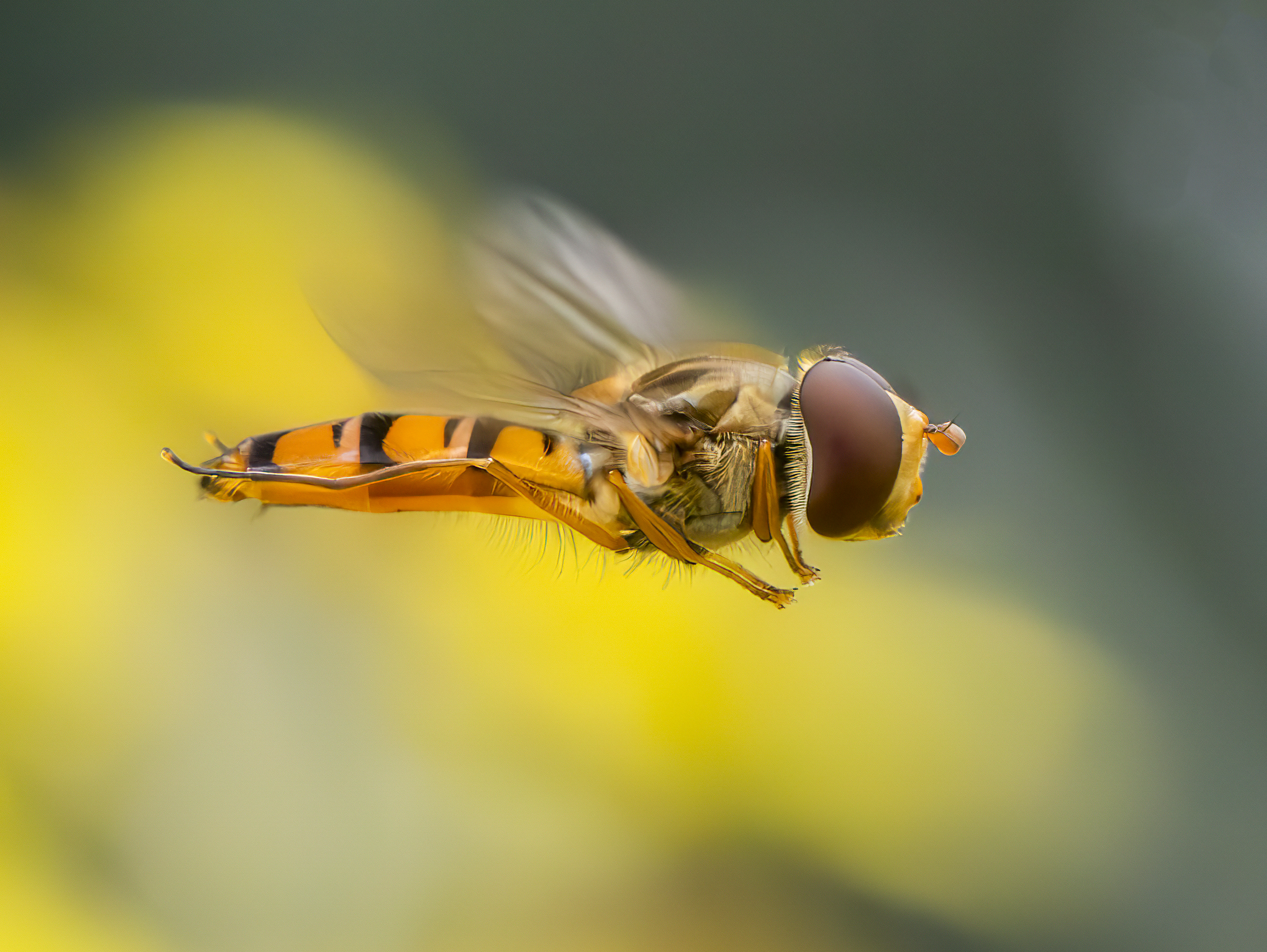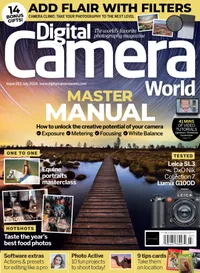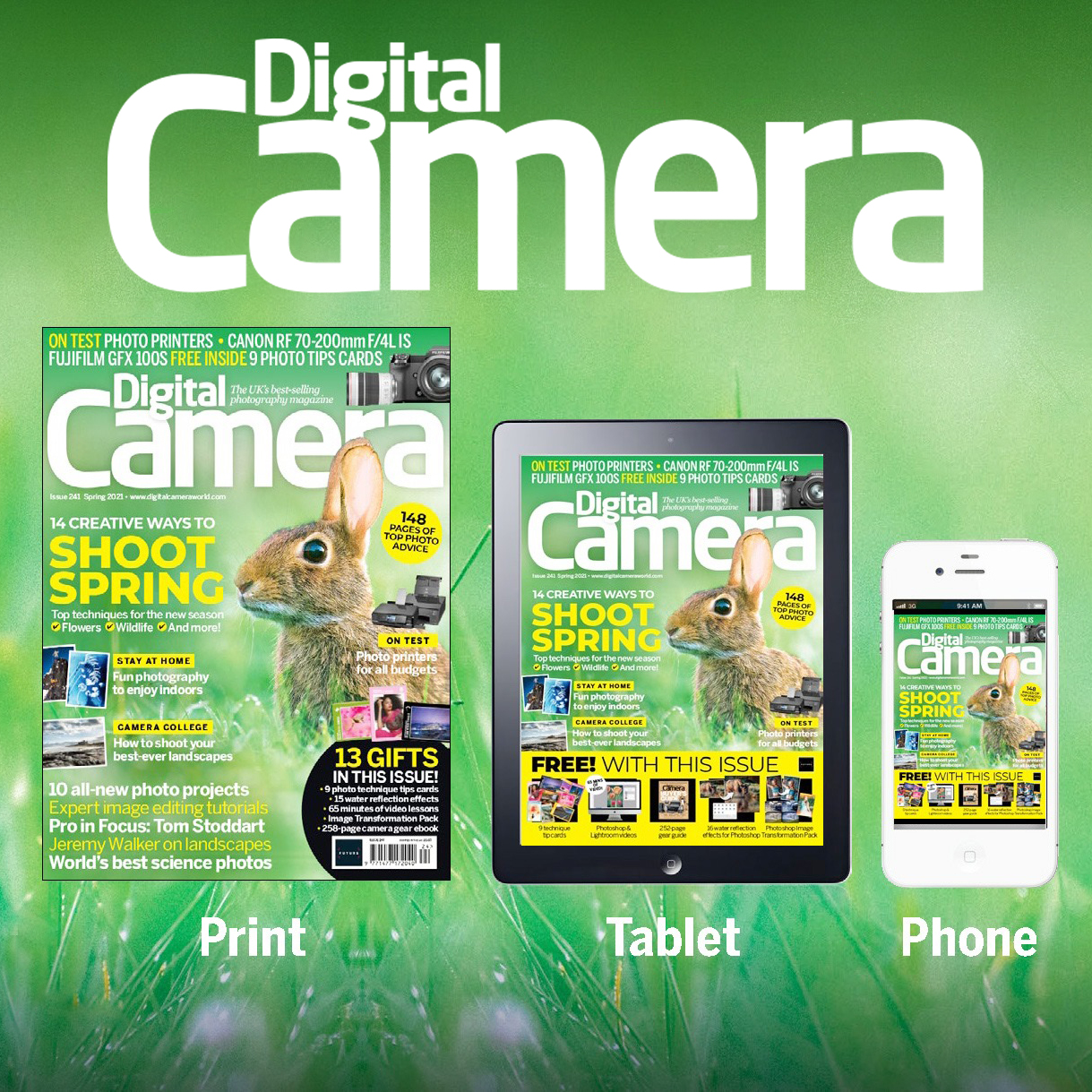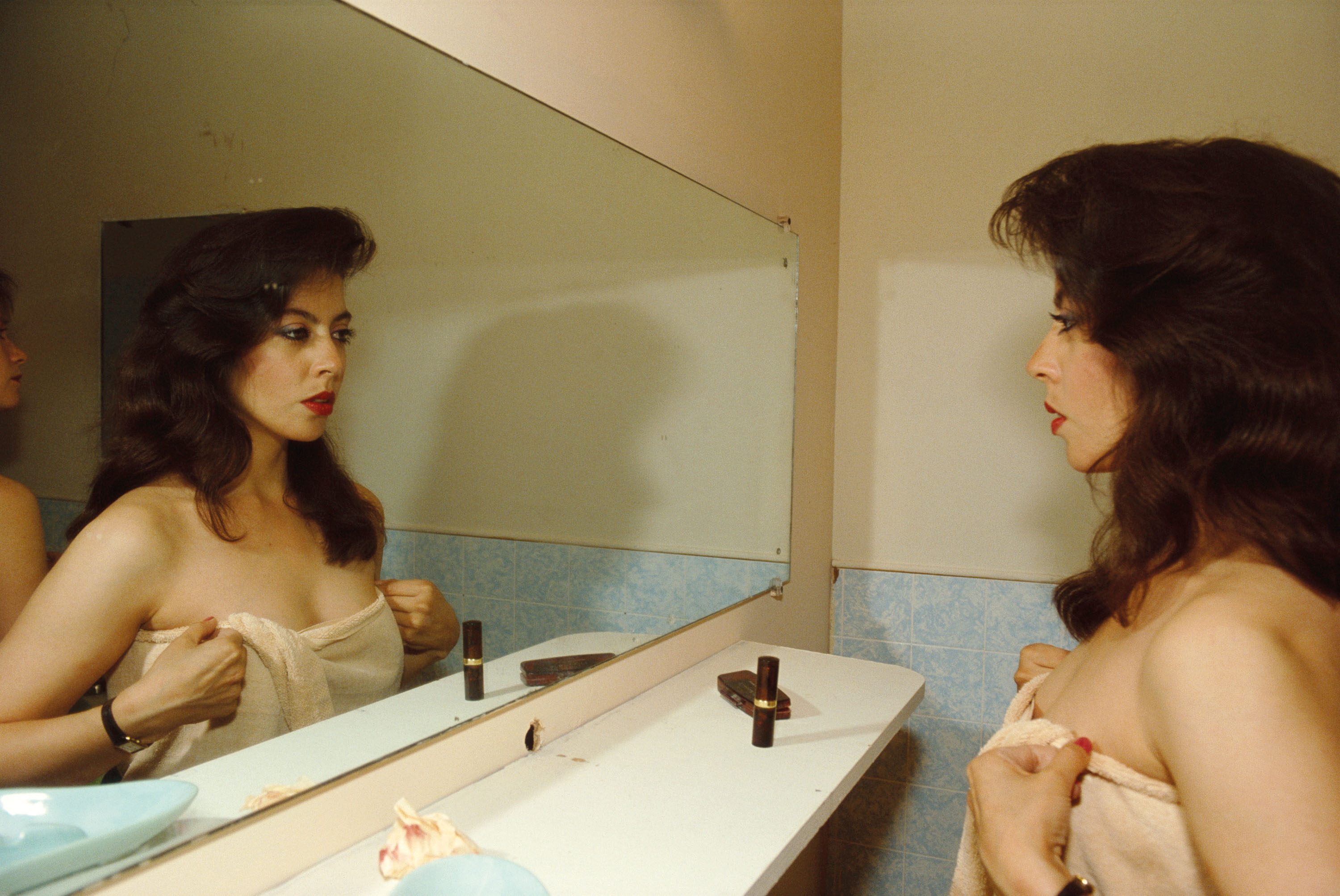How to photograph insects like a pro: Expert tips for impactful macro shots
Want to get closer to the miniature world? Arm yourself with sugary water – here's how to lure insects into your photographic lair, and how to capture the tiny subjects
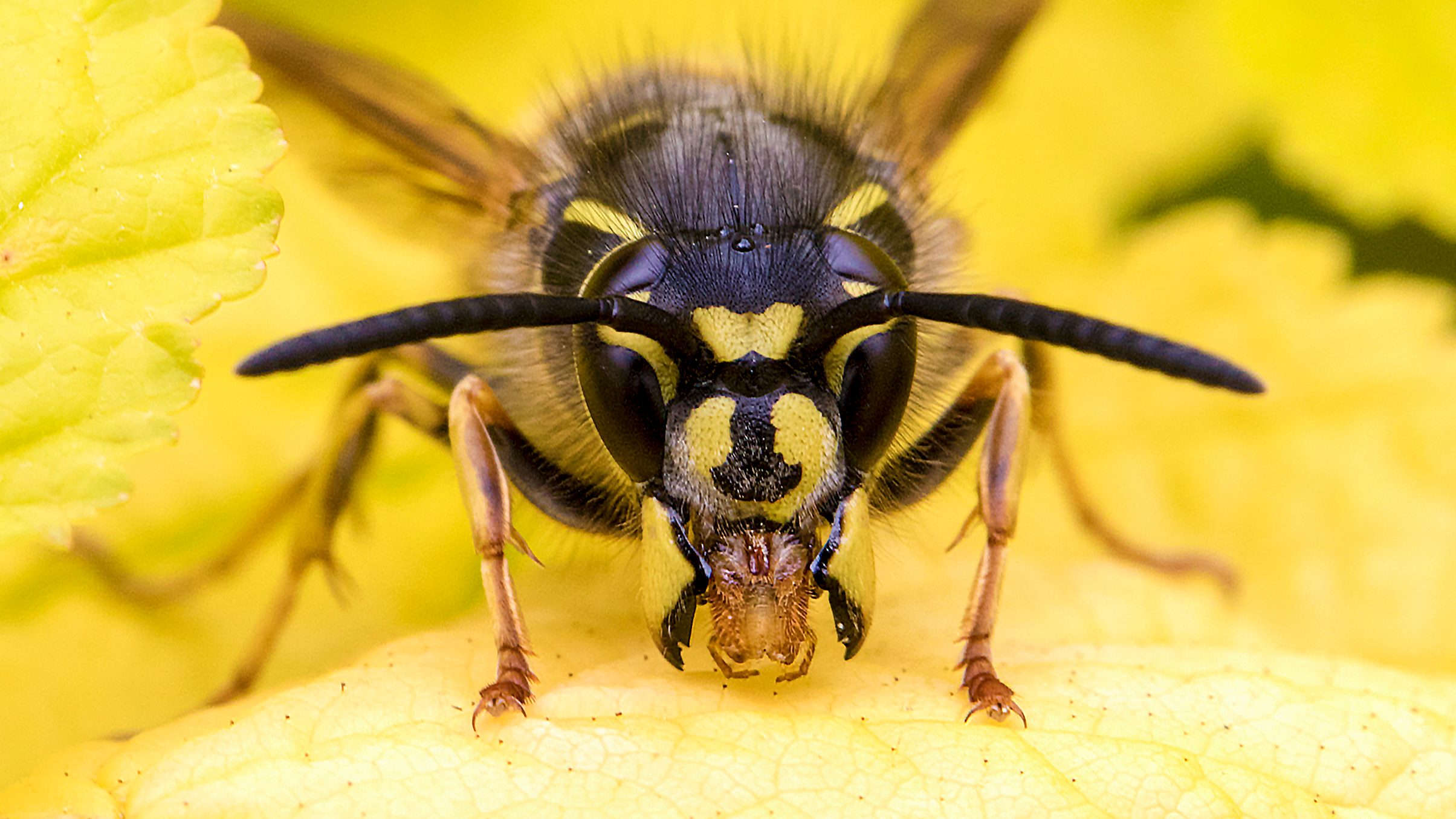
Mastering insect photography takes more than just a macro lens and a sharp eye. You'll need a solid understanding of camera settings – like increasing your ISO to maintain fast shutter speeds when using narrow apertures for greater depth of field.
But gear and technique are just the beginning. Without an engaging subject and a creative vision, even the sharpest macro shots can fall flat.
That's why Tony Mathews shares his behind-the-scenes insight on how to capture stunning insect shots. He also gives tips for creating impactful close-ups of the miniature world.
Pro insights
The photo is of a Phaonia Rufiventris, which I was hoping to find when I visited our local woods. By the time I found this one sitting on a wild garlic leaf, the sun had disappeared, and there wasn't a lot of light – but the good news was that the insect wasn't moving around much.
I set an aperture of f/16 to get a reasonable depth of field. In order to get a usable shutter speed, I had to increase the ISO to 6400. This gave me a shutter speed of 1/50 sec.
As I was lying on the ground when I took the shot, I didn't have trouble with camera shake. ISO 6400 does introduce a little noise, but that was easily removed with noise reduction software when I processed the image. This was one of around 50 shots I took before the insect flew away.
Top tips for capturing insects
1. Early mornings
I usually go out with the camera early to mid-morning, because as soon as it starts to warm up, especially in the summer, a lot of the insects go into hiding. Early morning is especially good as the insects haven't warmed up and can often be found sitting on leaves. When they are like this, you can usually get as close to them as you want to.
The best camera deals, reviews, product advice, and unmissable photography news, direct to your inbox!
2. Go mirrorless
One of the problems I used to find with a DSLR was that the shutter noise often frightened the insects away. That's no longer the case with an electronic shutter; you can usually get as close as you want to. The only time I use the mechanical shutter is for insects in flight due to the rolling shutter effect.
3. Hover time
Photographing insects in flight can be great fun. Some of the easiest to get in-flight shots of are hoverflies, especially the one commonly known as a Marmalade hoverfly (Episyrphus Balteatus). They will often hover in the same spot for many seconds at a time before darting off.
4. Sugar the pill
Take a spray bottle of sugar water with you when you go out. A light spray of sugar water on flowers or leaves can dramatically increase the number of insects that will appear.
You might like...
To close up to the insects, you need a macro lens, and here are some of the best macro lenses for 2025. You'll need to carry your gear around, so take a look at this selection of camera bags. Once you're back home, why not try out one of these memory card readers to transfer your images?
Digital Camera World is the world’s favorite photography magazine and is packed with the latest news, reviews, tutorials, expert buying advice, tips and inspiring images. Plus, every issue comes with a selection of bonus gifts of interest to photographers of all abilities.
The sister print publication to this website, Digital Camera Magazine is Britain's best-selling photography publication – and it can also be purchased outside the United Kingdom as Digital Camera World.
Digital Camera Magazine is packed with more expert advice and more inspirational images than any other title, with the sole aim of helping you become a better photographer. Every issue we also bring you a selection of great gifts which are designed to help you get more from your photography – everything from tips cards and cheat sheets to free software and bookazines.
In addition to inspirational images, interviews, projects, mini tests and tutorials, each issue is packed with news, reviews and comparisons, as well as photographer vs photographer shootouts and head-to-head challenges using the best photo editing software.
The magazine is captained by Editor Niall Hampton.
- Wendy EvansTechnique Editor, Digital Camera magazine
- Kim BunermannStaff Writer
You must confirm your public display name before commenting
Please logout and then login again, you will then be prompted to enter your display name.
